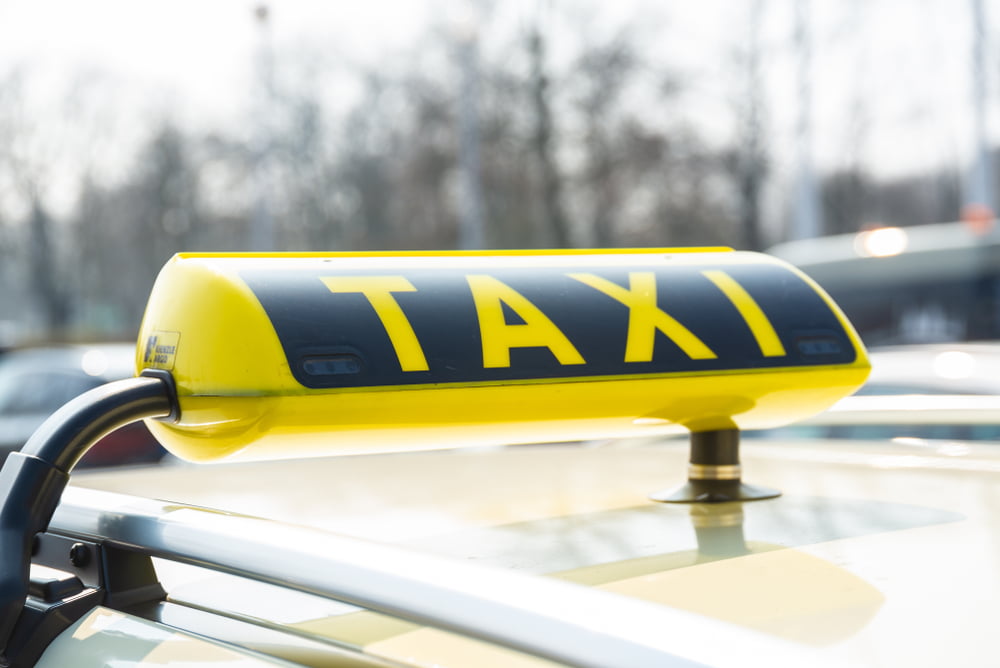Since 2010, the maximum rates for taxi transport have been indexed annually. This is done on the basis of the National Tariff Index (LTI). For 2021, the calculation shows an LTI of 0,91%. This means that the fixed amounts, the amounts per kilometer and the amounts per minute are increased. The same applies to the rate that the carrier, if agreed with the consumer, may charge for the waiting period at the start of the journey.
If taxi operators choose to adjust their rates on the basis of the new (indexed) maximum rates, this may result in compliance costs such as having the taximeter adjusted, downloading and filling in new rate cards and replacing the rate cards inside and outside. the taxi. If all taxi companies perform these actions, the total costs are € 861.000. This would amount to € 21,00 per taxi vehicle.
consultation
By means of internet consultation everyone was given the opportunity to respond to a draft of this scheme. This complies with Article 106 of the Passenger Transport Act 2000, whereby the authorities mentioned therein are informed of the start of the internet consultation. In a response, travelers' association Rover has advised positively about this scheme, because it is in line with the LTI system.
The response of Royal Dutch Transport (KNV) argues for indexation with the so-called NEA cost development index, as it would be most tailored to the taxi industry, and for the abolition of the statutory maximum rates because they would not fit in a liberalized market. It should be emphasized that the maximum fares do not apply to contract transport and to taxi transport that is offered at a fixed rate per journey agreed in advance with the passenger. The scheme will come into effect on 1 January 2021.
Also read: The Rover Association elects Saskia Kluit as chairman



